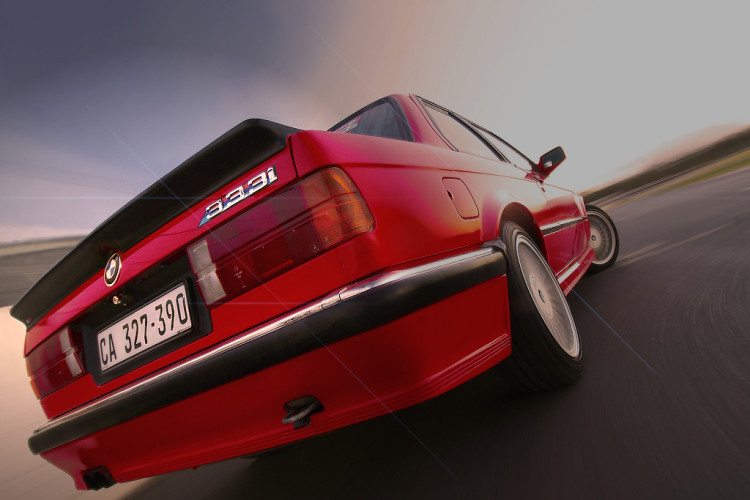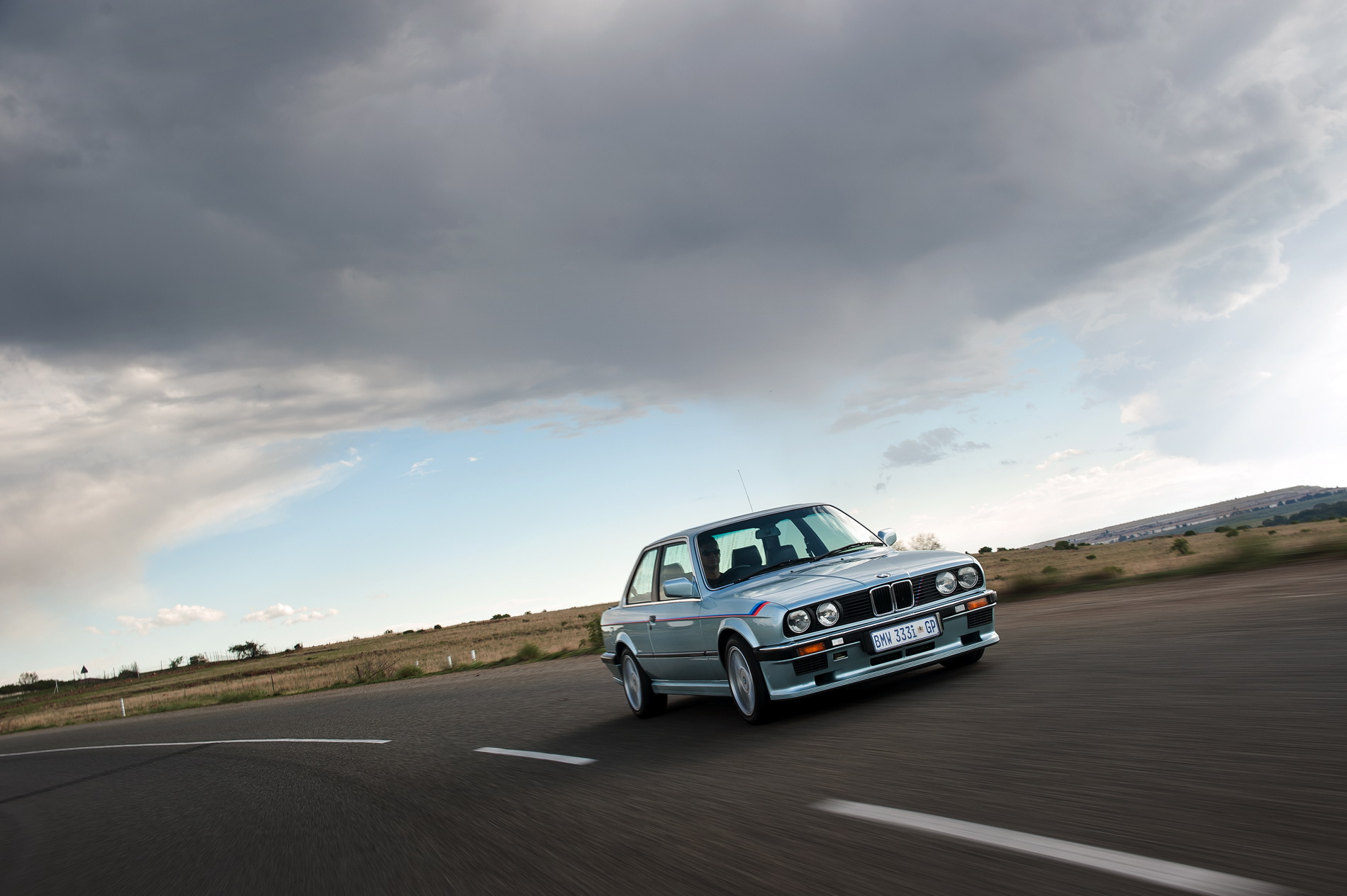If ever there was a missing BMW in the ranks of the greats it would be this – the BMW 333i. I wouldn’t be surprised if you’ve never heard of it. It was only created for one market: South Africa. The reasons behind its creation are a mix between South Africa’s hunger for fast cars and also not wanting to be left out of getting something special.
As the E30 M3 was a homologation of the 3-Series for racing, it began its life in left-hand drive only and in very small number. Unfortunately, South Africa was not on the list for markets, being a right-hand drive country and – being very far away – it wasn’t a priority. But BMW SA wouldn’t have any of that and wanted to keep its market happy. So they teamed up with Alpina Germany and set to work to create their own version of the M3, the 333i.
They looked at the available engines and settled on a much larger one than was previously considered for the 3-Series – the 3.2 litre inline 6 from the 733i at the time. Think about it, the engine from a 7-Series going into a 3-Series. That’s like putting 6 litre V12 from our modern 760i into our current 3-Series. It was a bold move, but was certainly rewarded and gave the car that magical big-engine-small-car formula.
The 333i started life as a standard E30 325i transplanted with a 3.2 liter inline 6 producing 145kW (194hp) at 5500rpm and maximum torque of 285Nm (210lb ft) at 4300rpm. Other modifications included Alpina ventilated disc brakes, a limited slip differential and a close-ratio 5-speed Getrag Sports dogleg gearbox. And while air conditioning was available, you had to choose between being cool or struggling with heavy steering, because the air-con unit and power steering couldn’t both fit under the bonnet.
Externally it ran on 16” Alpina wheels shod with 195/50/R16 Pirellis and onto the body were added the sporting touches that were so suited to the 80’s – front and rear spoilers, side skirts and a lip to finish off the rear. Don’t you miss the days where adding on the side skirts were so easy? Down the side of the car the M stripes were also laid out for everyone to see and jealously admire.
The interior didn’t leave owners wanting either. Alpina provided the instrument cluster with red needles usually reserved for BMW M cars. Leather covered everything, including the Sport seats, steering wheels and gear lever – which was also allocated the M stripes for good measure.
Compared to the first iteration of the E30 M3, the 333i was a bit of a bomber. Sure, it was heavier at 1256kg compared to the M3’s 1200kg, but it made up for it in power. The M3 had 143kW (190bhp) to start its life with, and while it doesn’t seem a big difference, the torque that the 3.2 liter had allowed the 333i to feel more muscular. It wasn’t until the further models of M3 – namely the Evolution iterations – that the 333i started to not look quite as rapid. But by this time its name was set and reputation solidified.
With a production number of a mere 201 cars, the 333i had the makings of a classic from the outset and didn’t disappoint.





